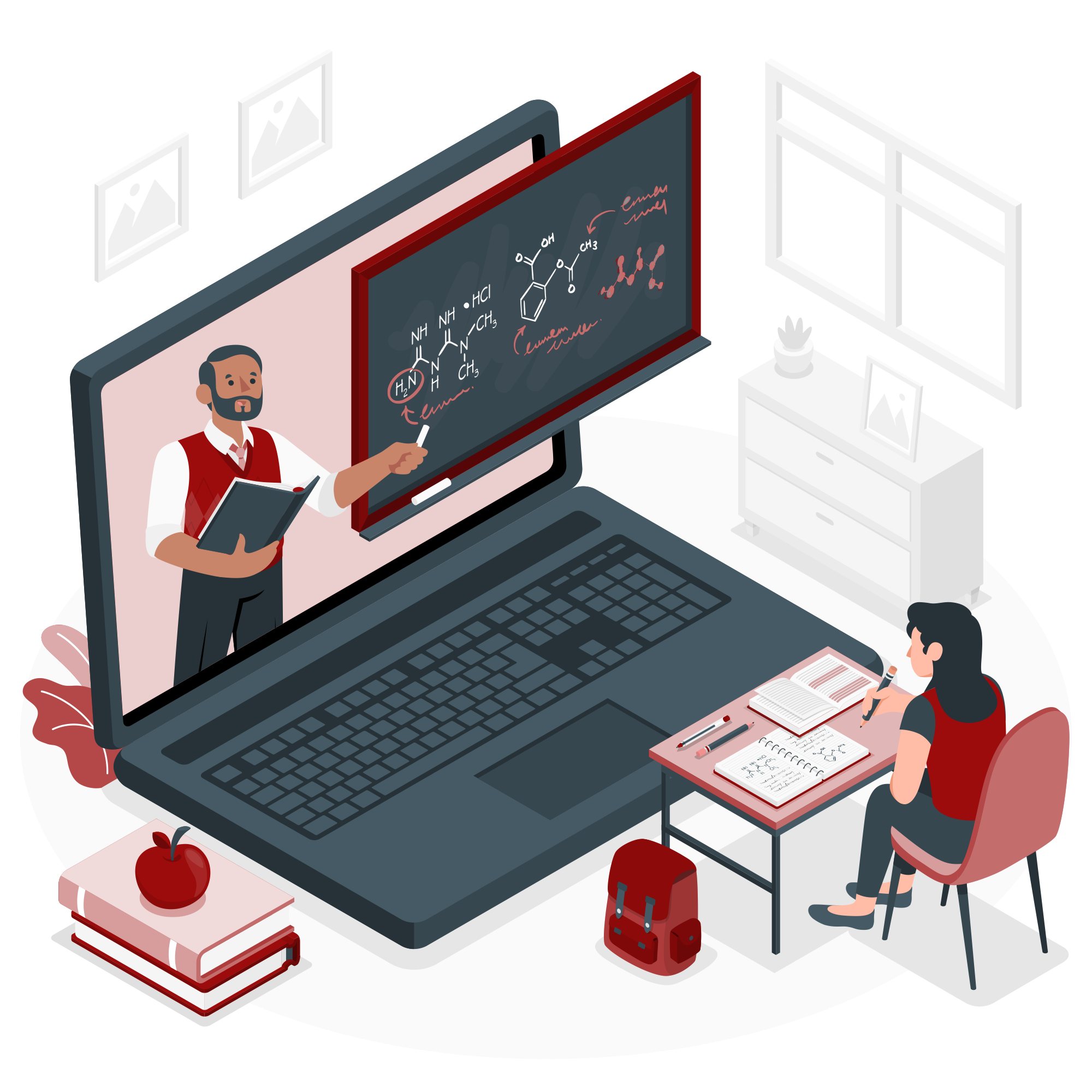Storyboarding
Structure your course using sound pedagogy to facilitate the best possible learning.
Scenarios
Create scenario based learning, elicit real live context and encourage application of knowledge.
Content
Transcribe your text based script into visual, media rich, interactive elements.
Assessment
Create appropriate assessment methods to capture depth of learning based against objectives.
Activities
Design activities to complement your learning objectives and make a course dynamic.
Adaptive
Design content that takes into account learning styles, making the course adaptive to requirements.
Analysis
This phase is the foundation of the ADDIE model. The purpose of the analysis phase is to identify the needs of the learners, the goals of the instruction, and the constraints of the learning environment. During this phase, instructional designers conduct a needs assessment to gather information about the target audience, such as their current knowledge, skills, and attitudes. They also identify the performance objectives, which are statements that describe what the learners will be able to do as a result of the instruction.
Design
Once the analysis phase is complete, the instructional designer can begin to design the instruction. The purpose of this phase is to create a blueprint for the instruction, including the content, instructional strategies, assessment methods, and materials. Instructional designers use the information gathered during the analysis phase to create a detailed lesson plan that includes objectives, content, instructional strategies, and assessment methods.
Development
During this phase, the instructional materials are created based on the design. This may include writing scripts for videos, creating Powerpoint slides, and developing assessments. In this phase, the instructional designer must ensure that all materials align with the instructional goals and objectives identified in the design phase. For example, the instructional designer might create a PowerPoint presentation that includes examples of effective speeches and practice activities for learners to deliver speeches.
Implementation
The implementation phase is where the instruction is delivered to the learners. During this phase, the instructional materials, such as the lesson plans and assessments, are used to deliver the instruction. The implementation phase also includes the ongoing monitoring and adjustment of instruction as needed.
Evaluation
The evaluation phase is where the instructional designer assesses the effectiveness of the instruction. The purpose of this phase is to gather feedback on the instruction and to determine whether the instruction met the goals and objectives identified in the analysis phase. During this phase, the instructional designer may collect data through assessments, observation, or surveys.
As a content developer and instructional designer, I can help you create a custom, engaging eLearning course from start to finish.






